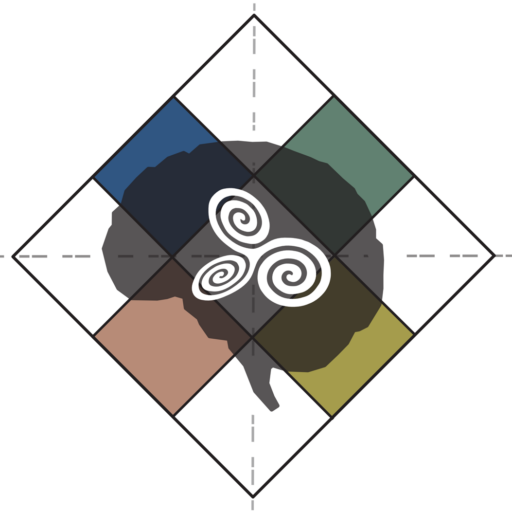Patchwork Labyrinth®
 The brain gets the lion’s share of research attention into human cognition, yet more than the head is involved in learning. In Patchwork Labyrinth®, Dr. Susan Hummel fuses her personal experience with biological and social sciences to understand how embodied thought occurs and explain why it matters.
The brain gets the lion’s share of research attention into human cognition, yet more than the head is involved in learning. In Patchwork Labyrinth®, Dr. Susan Hummel fuses her personal experience with biological and social sciences to understand how embodied thought occurs and explain why it matters.
Movement fuels learning because thoughts are physical, not just chemical or ephemeral. This lesson begins for Susan in 1993 when an accident diminishes her abilities to read and write. Dreaming stops and her relationships with color and space change. Improvement takes months. Other concussive symptoms fail to get better, however, so she starts tracking how different activities, environments, and food affect them. Because a revolution is underway in brain science, Susan also pays close attention to advances in neurology. It takes nearly twenty years but –by 2012 — new diagnostic tools help identify the origin of many ongoing symptoms, like her poor balance. Surgeons patch many small holes they find inside the bony labyrinth of Susan’s skull.
Susan’s early observations about healing from brain injury are reinforced after cranial surgery. Repetitive use of her hands and feet for crafting, walking, and writing boost both learning and memory. By 2023, continued discoveries are yielding evidence to support these insights: among them are the principle of free-energy; neuroplasticity; and somato-cognitive action networks.